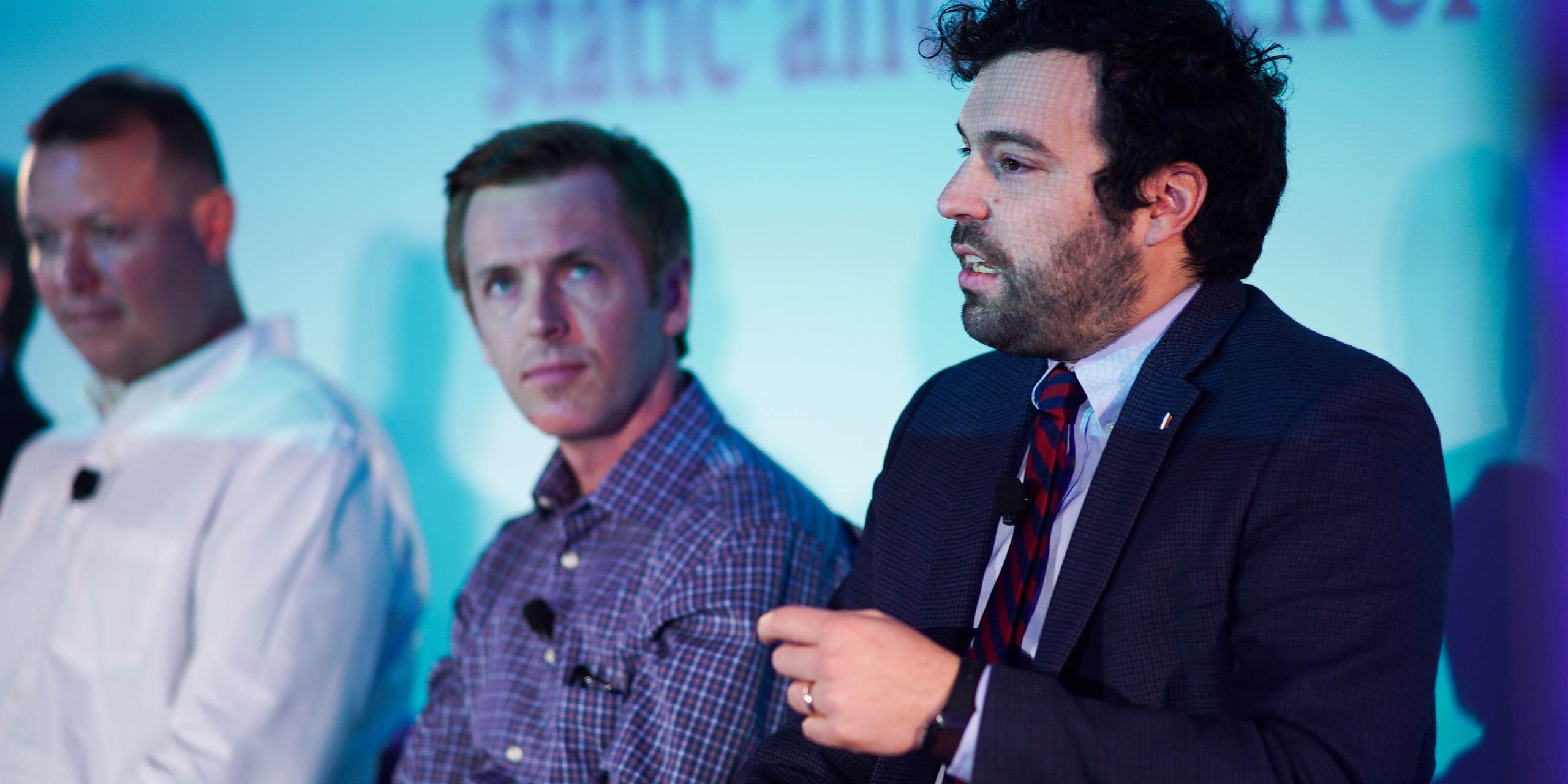There are no typical students, and no typical classroom. Some students might have never grown up with a university tradition in their family. Some might not know how to equally participate in a class discussion. Some may be overwhelmed, and some might start out enthusiastic but lose attention over time. For each of these scenarios, four professors teaching diverse students in different classrooms across the United States share their solutions. Transcribed from the Engage 2017 panel, Personalized Learning in a Diverse Classroom.
Miguel Delgado Helleseter
California State University, Channel Islands, Economics
Make discussion an easy entry-point
“I try to put up questions that have seemingly easy answers, but they’re usually the wrong answer, and the good students will pick up on that if they’ve had enough time. So, I add a little timer to it so they won’t be able to think too much about it. So you get a large part of the classroom, even the very good students, making mistakes. Then, the students, again, that are sort of in the back thinking ‘I’m just dumb and the other people get everything,’ now they’re thinking ‘I’m just like everyone else. I’m not the only one who’s lost here or who didn’t know how to answer this question.’ And that brings them in.”
Shaun Dakin
George Mason University, Marketing
‘Tell me something that I don’t know’
“In discussions, I am very clear with my students that I’m going to learn as much from them as they’ll learn from me. And so, I have a whole part of my class that is called Tell Me Something That I Don’t Know, which I think is an NPR show as well. I have every student, every week, post in the discussion. I read them all, I respond to them. And then we use some of those articles to have a discussion in class.”
James Ross
East Los Angeles College, Chemistry
Watch for changing attitudes
“If you can assess attitudes early on, you can change your teaching to push attitudes in the direction that you want, and more importantly, you can tell students what you’re doing, so that they’re not mindless peons being pushed around. You can say ‘Look, this is what I’m trying to do to you. I’m trying to push your attitudes in a certain direction.’
A student whose attitudes tend to decrease, tend to do poorly. So, if you can look for the differential of attitudes quickly, and you can then have a conversation with that student, you can tell them ‘Hey, your attitudes tell me that you’re going in a certain achievement direction’ and you can intervene in a timely manner.”
Andrew Wegmann
Delta State University, History
Teaching diverse students by building real connections
“I have to realize that I’m my students, too. So, for attendance, I don’t call their name. I ask them a question. Something as simple as ‘What’s your favorite color?” or “What’s your favorite fast food restaurant? What college sports team do you support?’ Because, not only does that make them real to me, it makes them real to each other. It makes it so that John is the same thing as Cindy. They both have an opinion about something, right? And in my brain, then, John becomes the person who is a Furman College fan and loves Red Lobster and is from just north of Memphis, Tennessee.
I’m not their pal, I’m not their dad, I’m not their uncle, but I show them that I legitimately care that they’re here, sincerely. So, if someone asks them ‘Why are you in college?’ Hopefully they can think, at least maybe subconsciously, ‘Well, because Dr. Wegmann thinks I should be.’”
These transcriptions have been edited for length and clarity.


